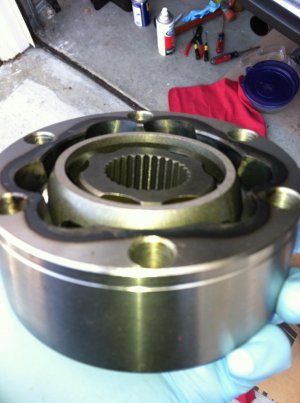What grease should they be filled with?
I wasn´t aware of the inside vs outside on these shafts and the BMW colour codes (white and yellow). I guess I need to read more in the Blue Books.
Im assuming you mean what is the correct grease for the CV joint. When you buy new boots, it should come with the correct molybdenum grease.
As for inner vs outer CV joints, I think the color marking from DQ is just his very precise way of working. When I purchased new CV joints from LJI, there was no mention of a difference between inner and outer.

